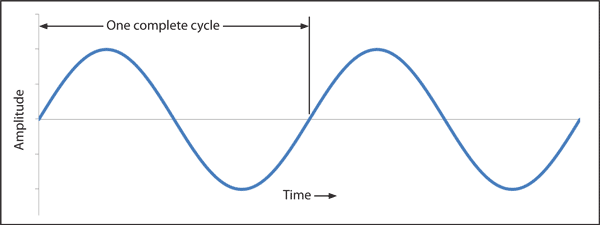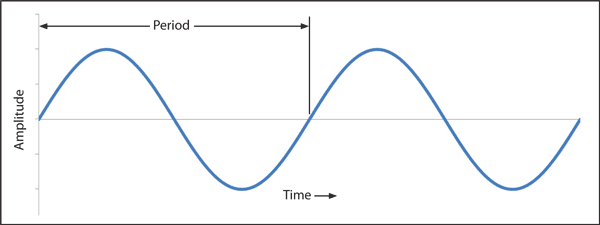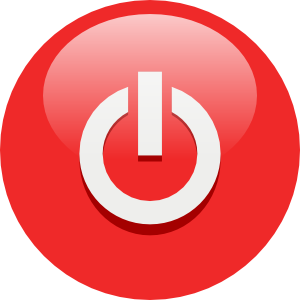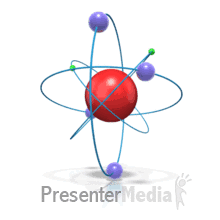Frequency like power is term which we use in our day to day life and has different meanings in physics, maths, statistics, etc. Once again we are more interested in what Frequency means in electricity. So to do we must first understand the general meaning of frequency, then the meaning of frequency in physics and eventually in electricity.
If we were to look up the meaning of the word frequency in a dictionary we would find the meaning as
"the number of times that an event occurs in a given period ; rate of recurrence"
In physics Frequency would mean " the number of periodic oscillations, vibrations, or waves occurring per unit time" or in simple terms "frequency is reciprocal of time period" or "number of cycles per unit time". Frequency is represented as f=1/T, where f=frequency, T=time period. SI unit of frequency os HERTZ (Hz). 1Hz means that an event repeats every one second.
To understand frequency let's first of all take a look at a wave and its terminology.
When it comes to waves, frequency is inversely proportional to wave length which is denoted by the symbol lambda (λ). Therefore we have
f is proportional to 1/λ. or f=v/λ, where f=frequency, v=velocity of the wave, λ= wavelength
There are different kind of waves but the most common types are Electromagnetic waves like light and radio waves and mechanical waves like sound and seismic waves.
FREQUENCY IN ELECTRICITY, what does it mean?
Well the answer is simple, frequency simply means "how many times an alternating voltage will change its direction in one second"?
So in simple terms in electricity, frequency simply means "number of cycles per unit time". f=1/T, where f=frequency, T=time period.
Always remember, One cycle simply means one crest and trough in a sine wave.
 |
| Figure explains meaning of one complete cycle. |
 |
| Figure explains the meaning of period |
Lets define frequency now in a proper manner in electricity
In electricity, one cycle is defined as the time it takes for the voltage to start at zero then reach maximum voltage in positive, then again come back to zero, then reach maximum voltage in negative and then eventually again come back to zero. Now frequency is the number of times this cycle occurs in one second. For e.g. if we say 10 Hz, then it means there are 10 cycles occurring in one second
Having learnt the meaning of frequency lets find out how to calculate frequency.
So how is frequency determined?
Frequency of an AC generator is determined by using the following two ways:
- The speed at which the rotor turns in a magnetic field
- The number of stator poles that create the magnetic field through which the rotor turns
In order to calculate frequency, the following formula is used
f=PN/60, where f=Frequency, P= Number of pairs of stator poles, N= is the rotational speed of rotor in rpm, 60=formula constant for converting minutes to seconds.
What's with 50Hz and 60Hz?
Well the answer is simple, 50Hz simply means voltage alternates 50 times per second and 60 Hz simply means voltage alternates 60 times per second. 50Hz is what we get in most of Europe and Asian countries including India, where as 60Hz is the normal frequency for Americas.
So,if you are traveling abroad its always better to know what's the voltage and frequency supplies in that particular country. Click on this link and get your self prepared to charge your gadgets.
What's the frequency used on board our ships?
On board our ships it is 60Hz.
The next question that comes is why 60Hz even though half the world is using 50 Hz?
Well to this, answer is simple, The higher frequency means that generators and motors run at higher speeds with a consequent reduction in physical size of machinery for a given power rating. A reduction in size of the machinery is a very important issue when it comes to ship designing, as we all know ships are made to make money so lesser the size of any machinery greater the possibility to increase the cargo carrying capacity and hence make more money!
So what happens if we have high frequency or low frequency?
Lets put the question in this way "What will happen if we connect a 60 Hz appliance to 50 Hz supply?
P.S. The consequences entirely depends on the type of appliance connected, but we are more interested in ship board appliances especially Electric Motors, so we will answer this question taking into consideration the consequences that will occur with respect to motor.
Answer - If we were to connect 60 Hz motor to a 50Hz supply then Motor would work, but it will run at a lower speed. This would simply mean that the work a motor is doing e.g driving a pump will be reduced and the pump will run at a lower speed. This will eventually have an effect on systems where flow rate is important. Apart from running slow, motor will draw more current than what it is designed for and as a result will cause overheating of motor, which may eventually cause fire or a burn out of motor.
So next question here is can we really run a motor with 60Hz frequency run on a 50 Hz supply?
Well to this the answer is yes, Motor will run at a lower RPM and to avoid that overheating problem it is important to reduce the voltage. Always take into consideration the Voltage/Frequency ratio. Voltage/frequency ratio is always constant for e.g. 440/60 HZ = 7.33, Now taking 7.33 as constant and we have to connect a motor with a frequency of 50Hz the voltage should now kept at:-
Voltage/50=7.33, This would mean , Voltage = 50*7.33=366.5 Volts.
and what will happen if we connect a 50 Hz Motor to a 60 Hz supply?
The next scenario is connecting a 50 Hz motor to a 60 Hz supply. If we were to this than motor will run faster. This would simply mean that the work a motor is doing e.g. driving a pump will be increased and the pump will run at a higher speed. This will eventually have an effect on the system where flow rate is important and can also damage the system (like damage to pipelines) due to increased flow rate. Also there is a possibility that the pump may get damaged due to increased rpm. Also increase in rpm would simply mean that the motor will overload and as a result pump will not be able to run at higher loads.
So next question here is can we really run a motor with 50 Hz frequency on a 60 Hz supply?
Well to this answer is yes. Motor will run at a higher RPM and to avoid it from getting overloaded run the pump at a lower capacity.
Also always remember DC voltage has no frequency as the voltage of the DC supply does not change and hence it does not cycle like AC supply.

























